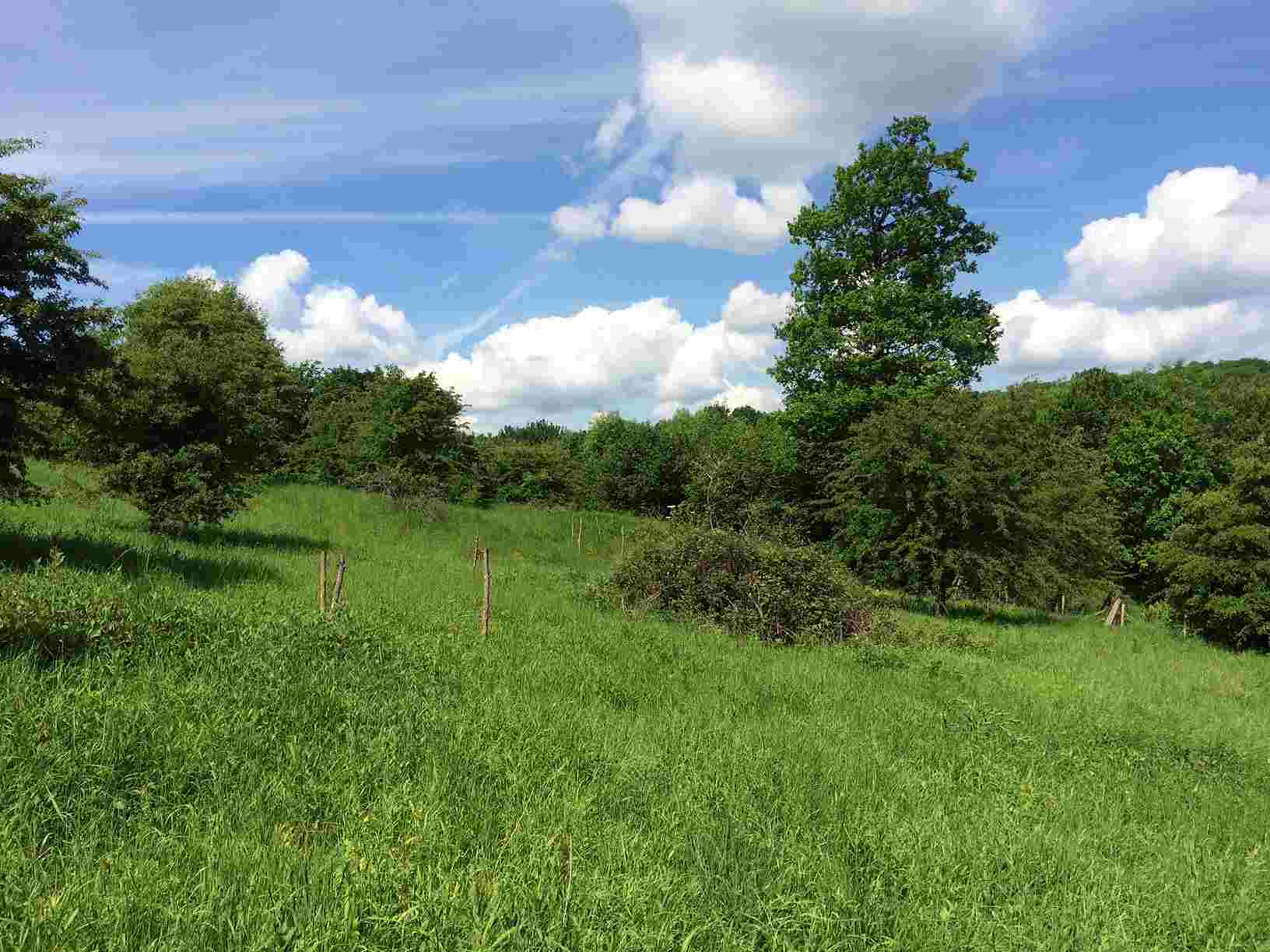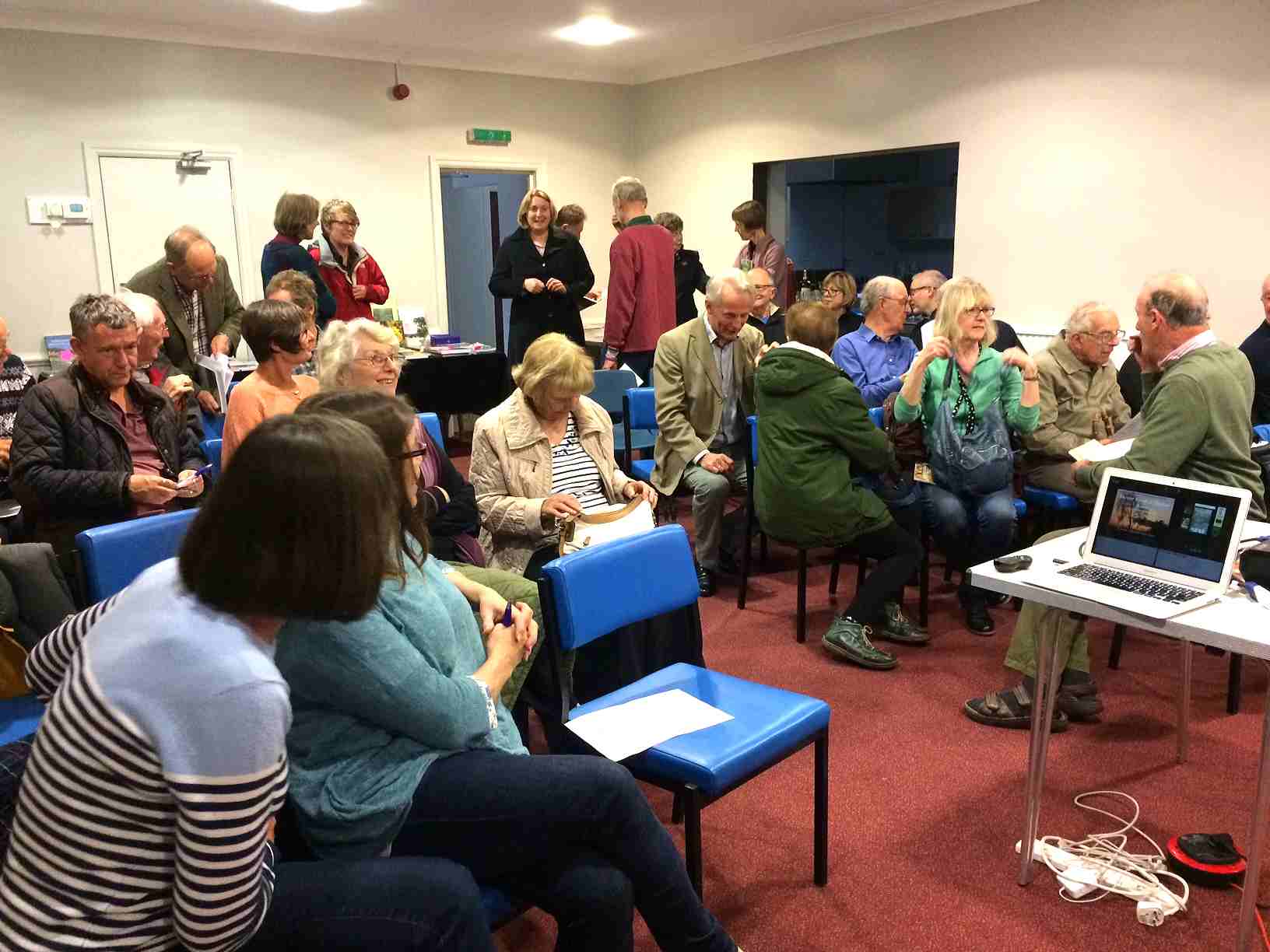During the past year, the Trust has assisted the Yorkshire Dales Rivers Trust in monitoring the pollution in the streams of the Collingham, East Keswick and Bardsey catchment area. Our samples confirm the Environment Agency’s earlier findings that these water courses are indeed highly polluted. Some articles refer to the beck as “Collingham Drain”!
Most of the pollution comes from agricultural run off, but we can help… see the next post. Additional assistance that the Trust has provided has been helping plant trees and hedges along the stream sides.


















